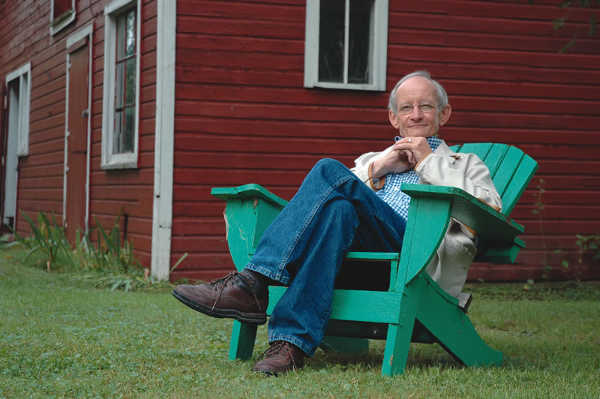‘STUMPTOWN’ ON ABC NETWORK
The ubiquitous advertising for the new drama series “Stumptown” has been seen far and wide, not just on television but even on billboards and the side panels of city buses.
The ABC network believes that it has a winner for a show where Cobie Smulders plays strong, assertive and sharp-witted Army veteran Dex Parios, who is destined to get sideways with the police department when investigating cases.
Based on the series premiere, it would seem plausible to describe her as a private investigator relying on her military intelligence skills and an unapologetic style that puts her in the firing line of hardcore criminals and at odds with the police.
Perhaps afflicted with PTSD and fond of whiskey and beer, Dex is a flawed person who not only grapples with money problems but is haunted by a failed relationship and also cares for a little brother with Down syndrome. She carries more baggage than a 747 airliner.
The setting of “Stumptown,” most appropriately, is Portland, Oregon, which is more officially nicknamed Rose City but Stumptown (having to do with the city littered with tree stumps in the 19th century) follows as a close second in the moniker department.
The shame, as executive producer Jason Richman admitted during the summer TV press tour, is that the filming is done in Los Angeles, even though he said “we hope to take a unit up there … and infuse some Portland into the show.”
What captures the essence of Portland in the first episode is the famous neon sign for Portland’s old town. Another indicator of the local scene is a sign advertising “Portland’s best espresso.”
Coffee culture is a big deal in the Pacific Northwest. Maybe it’s the proximity to Seattle that explains the coffee scene, or the fact the city is populated by bicycle riders and hipsters who spend too much time in coffee shops.
An endearing quality of Dex is that she excels at being sarcastic, a trait in the same vein as James Garner’s mordant private eye Jim Rockford in “The Rockford Files.”
One of the best lines for Dex comes during an interrogation at the police station, as she observes that the detectives had offered to her what she calls “Portland’s crappiest coffee.”
This new series is adapted from Greg Rucka’s graphic novel of the same name in which the character of Dex Parios is a bisexual female private investigator with a gambling problem.
For “Stumpton” the series, this first episode establishes that Dex should sign up as a member of Gamblers Anonymous, if only because she’s betting a wad of cash at an Indian casino that she can ill afford to lose.
As for sexual orientation, the first episode has definitely gone in a different direction. A one-night stand with a bouncer and a fast hook up with Detective Hoffman (Michael Ealy) gives the impression that Dex is promiscuous with the opposite sex.
However, during the summer press tour, Cobie Smulders claimed her character is bisexual, noting that Dex is “going to be exploring all sorts of things” and “she’s very much up for whatever the night presents.” Well, we’ll just wait to see what entanglements are ahead.
After losing at the craps table, the relevance of her gambling problem is that a reluctant Dex is pressed hard by Native American casino owner Sue Lynn Blackbird (Tantoo Cardinal) to retrieve her kidnapped granddaughter.
That Dex is unafraid to mix it up with stereotypical bad guys has been established in the trailers showing her bruised and worse for the wear after letting Hoffman know she’s stashed two dudes in the trunk of her car.
As is often the case with any movie or TV show, the trailer reveals some of the best parts, such as the flying car stunt and Dex’s sarcasm when she lets a guy know she’s wearing her “second best bra” during a pat-down for a wire.
Regardless of where the show has been filmed, Portland looks very much like a seedy neighborhood with really poor lighting. The result is an atmosphere that borders on a neo-noir experience.
A fervent wish for “Stumptown” as it unfolds in upcoming episodes is for Smulders’ character to continue wisecracking and bantering with friends, the police and even the criminals.
“Stumptown” shows promise, if not for its storylines, at least for interesting characters, some of whom like Dex’s best friend bartender Grey (Jake Johnson) should hopefully have a bigger presence in the future.
While the kidnapping episode wraps up nicely with Dex saving the day in her inimitable style, the plot is secondary to the appeal of the characters, and Cobie Smulders proves she’s capable of carrying the show with her likable charm and plenty of moxie.
The ABC executives are counting on “Stumptown” along with “Emergence” to deliver hits on the fall schedule so that network television may be competitive with cable. The Portland-infused show deserves to have a chance.
Tim Riley writes film and television reviews for Lake County News.

 How to resolve AdBlock issue?
How to resolve AdBlock issue? 








